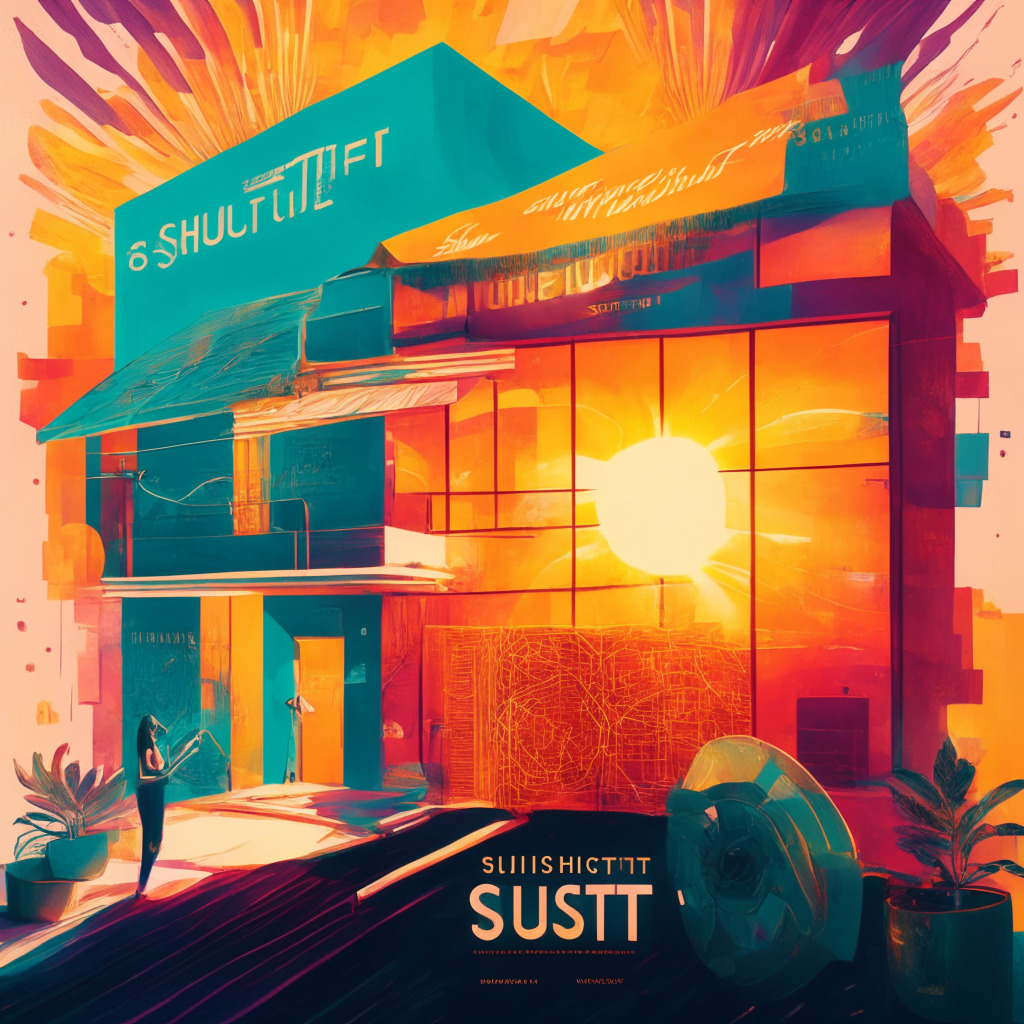In late August, the brain trust at the heart of the decentralized Bitcoin infrastructure provider Interlay pulled the curtain back on the Minimum Viable Product (MVP) of its latest venture, the BOB (“Build on Bitcoin”) solution. This innovative new layer 2 network concept aims to bridge the progress made in the Ethereum blockchain landscape with the robust and fiercely loyal Bitcoin user community.
Proposing itself as a seedbed for future-focused, decentralized application development, BOB leverages Rust smart contracts. These are compatible with Bitcoin legacy libraries like Lightning and Ordinal, and concurrently support Ethereum Virtual Machine (EVM). The architects behind this project hope that BOB will provide fertile grounds for radical experimentation, with its potential to create revolutionary decentralized applications stemming from Bitcoin’s solid framework.
Interlay continues to bolster the universal layer for Bitcoin finance with this initiative. With successful forays into BTC trading, lending, staking, and integration with various DeFi offerings, Interlay is built on a foundation of trustless bridges. This is further bolstered by an Automatic Market Maker (AMM) and a money market, which all come together through a pleasantly intuitive interface that provides easy entry and exit points, while also offering multi-chain compatibility.
However, certain sections of the Bitcoin community have expressed concerns about these types of initiatives. Some Bitcoin purists argue against experimental use of the blockchain, suggesting that it may potentially weaken the Bitcoin network and undermine public confidence in the historical cryptocurrency. This school of thought advocates for the preservation of Bitcoin’s decades-long stable operational track record.
However, Dominik Harz, Co-Founder and CTO of the project, argues that using methods such as ZK rollups could provide a much-needed boost for Bitcoin’s enduring value growth, and consequently act as a reinforcement to the protocol’s economic stability following inevitable halving events.
The team at Interlay is unshakeable in their belief of broadening Bitcoin’s horizon beyond the simple storing of value or, as it’s often referred within the community, “hodling.” On the contrary, they are determined to enable builders from Ethereum and other ecosystems to swiftly integrate their DeFi, NFT, and other web3 products into Bitcoin’s world, thereby exposing them to Bitcoin’s impressive user base of 300 million.
As is always the case with such eminently ground-breaking ventures, only time will reveal the true potential and impact of the BOB solution on Bitcoin’s notoriously resilient ecosystem. The subsequent market response post-initial testnet release and the final mainnet launch will likely be an immediate indication of its success or failure. Meanwhile, crypto enthusiasts worldwide are eagerly awaiting the next ripple in the Bitcoin sea.
Source: Cryptonews




